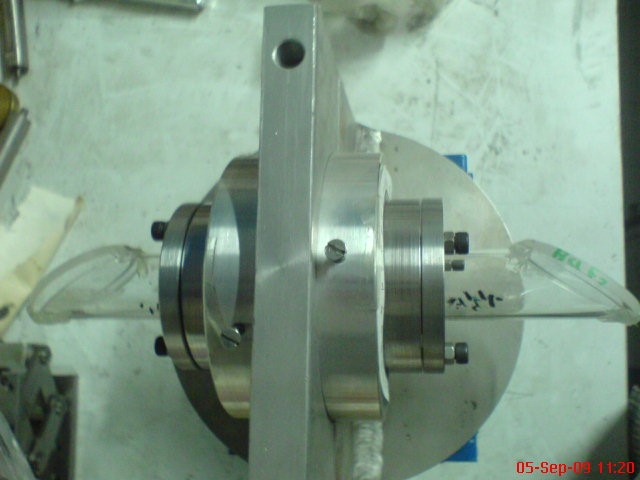Intra-Cavity Loss Element Method for Measurement of the Small Signal Gain of a TEA CO2 Laser
TEA CO2 Laser
DOI:
https://doi.org/10.14331/ijfps.2012.330038Keywords:
TEA CO2 laser, small-signal gain, intra-cavity lossesAbstract
The small-signal gain coefficient of a TEA CO2 laser has been measured through the implementation of a variable polarization intra-cavity loss element. Charging voltage dependence of the gain property of the laser has been investigated. The advantage of this method is that no probe laser system is required. The results have been agreed with experimental data obtained by conventional oscillator-amplifier method.
Downloads

Downloads
Published
How to Cite
Issue
Section
License
Copyright (c) 2012 International Journal of Fundamental Physical Science

This work is licensed under a Creative Commons Attribution 4.0 International License.










